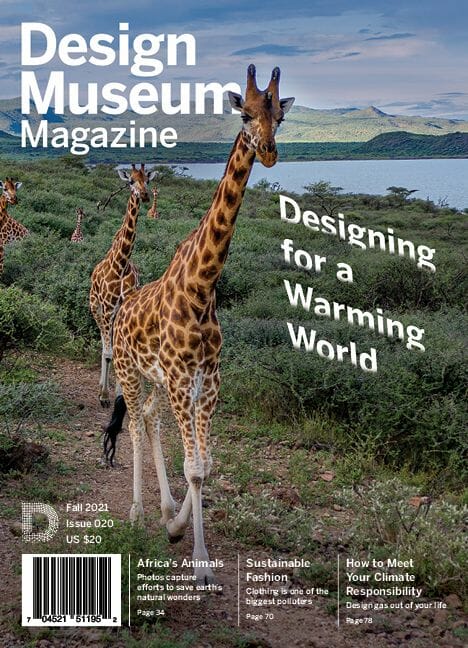ONLINE EXCLUSIVE
The Search for a Circular Tarp
Switzerland’s bag retailer FREITAG reimagines the traditional tarp.

Images courtesy of FREITAG
Tired of putting up with unsustainable industry practices, FREITAG, a Swiss bag retailer, has started thinking “outside the bag.” To ensure that their tarp bags aren’t merely recycled but are also endlessly recyclable, FREITAG has started to work with industrial partners to develop a truck tar that fully meets circularity criteria and will make road freight traffic more green.
We all think and act in cycles, and circularity has been part of FREITAG’s corporate philosophy for more than 25 years now. Circularity means that when a product can no longer be used as it was designed, it can be broken down into materials that go back into the supply chain. (1) “Today, we’re focusing mainly on how we can give the road transport industry upstream of us a circular material. That would also enable us ourselves to act in endless cycles,” explains co-founder Daniel Freitag.
FREITAG previously achieved this pioneering feat with their development of a 100% compostable clothing line called F-ABRIC. FREITAG made this clothing line completely circular by growing biodegradable fibers for the clothing line. And now, FREITAG is taking their sustainable creations a step farther by giving old tarps used in trucking a new long life: as bags.
Inevitably, at some point, these recycled bags fail. When that happens, it usually means throwing it away in the local garbage incineration plant. “In Zurich, this at least generates a bit of district heating for our tarp bag-making headquarters,” says Markus Freitag. “But we’d be doing one better, of course, if we could give discarded truck tarps not only a second life, but an everlasting one.”

This illustration outlines the circularity of FREITAG materials.
A little over a year ago, FREITAG decided to start developing a new type of tarp that would meet strict circularity criteria. The envisioned material would, of course, need to be just as robust, durable, water-repellent and practical as the existing one made of PVC. Instead of ending up in the trash, however, the new tarp would either biologically decompose or be broken down into materials from which new tarps or other products could be made.
The project team searched for partners with expertise in the materials, chemicals, and processes involved in the tarp-manufacturing supply chain. This collective of highly motivated partners brought a flexible, goal-oriented, multi-track approach to the circular tarp revolution.
Pretty soon, it became apparent that even a new tarp would be constructed similarly to existing materials. It would need to consist of a robust fabric and a soft, water and dirt-repellent coating made of a synthetic or organically based plastic. The big question for the team, then, still was: How can these two main components be broken down – jointly or separately – into parts to be reused or composted? The collective has already found some answers to the question, discovering possible materials and various compounds.
To ensure that each manufacturing step and chemical component meets circularity criteria, an innovation partner, EPEA – Part of Drees & Sommer, evaluates the process using the Cradle to Cradle® method. Cradle to Cradle® is a design principle that requires materials and products to have the ability to be infinitely circulated. (2) Part of Drees & Sommer evaluates materials using the Cradle to Cradle® method, focusing on comprehensive material health for humans and the environment, technical recyclability and the implementation of a take-back system.

FREITAG Circular Technologists, Anna Blattert & Bigna Salzmann.
“By placing such an uncompromising demand on the concept of circularity, we are not exactly making things easy for ourselves,” says Anna Blattert, one of two Circular Technologists employed by the FREITAG. Nevertheless, the team already has initial material prototypes – combinations of different fabrics and coating materials – at its disposal. In tests carried out so far, these have generated surprisingly positive results. “I’m particularly pleased to say that, in some cases, the biologically based coating material has outperformed even conventional synthetics in practical stress tests. We definitely want to stick to this path, even if it involves considerably more development work,” explains Bigna Salzmann, another Circular Technologist at FREITAG.
“The entire transport and logistics industry is confronted with disruptive changes. Autonomous trucks, digitization and electric propulsion are radically changing transport logistics. What the industry lacks is a closed-cycle material with future viability. That’s where we spring into the breach. And as residual recyclers of the material, we are driven by a certain degree of self-interest,” says Oliver Brunschwiler, Company Lead. FREITAG firmly believes that a circular form of tarp will be a reality on transit routes in the foreseeable future and is working to ensure that a first tarp prototype can be used as early as 2022.
